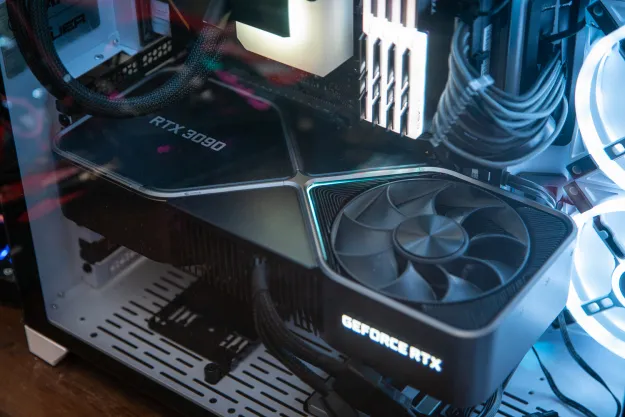If you’re in the market for one of Nvidia’s new GeForce RTX series graphics cards with ray tracing capabilities built in and want to know how the cards stack up against each other, then you may want to check out UL Benchmarks’ (formerly Futuremark) new Port Royal test. The tool will be part of UL’s 3DMark benchmarking suite and lets you measure ray tracing performance on gaming cards and will be widely available to 3DMark users on January 8.
“3DMark Port Royal is the world’s first dedicated, real-time ray tracing benchmark for gamers,” UL said. “You can use Port Royal to test and compare the real-time
UL will show off the full capabilities of the tool at CES in Las Vegas that same month, but it’s released a new trailer for the benchmark in all its reflective glory to whet the appetite of enthusiasts the world over. Since it’s a benchmark focused on
Port Royal utilizes Microsoft’s DirectX
Notably, though, UL does highlight that the benchmark only runs at up to 1,440P at “reasonable frame rates,” lending further credence to the idea that even Nvidia’s new monster Turing RTX graphics cards can’t run at
With a confirmed release date of January 8, the benchmark will be a premium feature. It will be purchasable as part of the 3DMark Advanced Edition which costs $30 in its entirety, or existing 3DMark users can tack Port Royal on to their suite of tools for just $3. Prospective buyers will be able to download the update on Steam or from UL’s own website.
Nvidia made a big bet on
To take advantage of
Updated on December 10, 2018: Added launch date and pricing.
Editors' Recommendations
- Nvidia RTX 50-series graphics cards: news, release date, price, and more
- Nvidia’s RTX Video can upscale blurry YouTube videos
- Nvidia’s DLSS 3.5 update is what ray tracing always wanted to be
- AMD fixes another hiccup with ray tracing support
- 3 reasons you should still buy an Nvidia GPU over AMD


